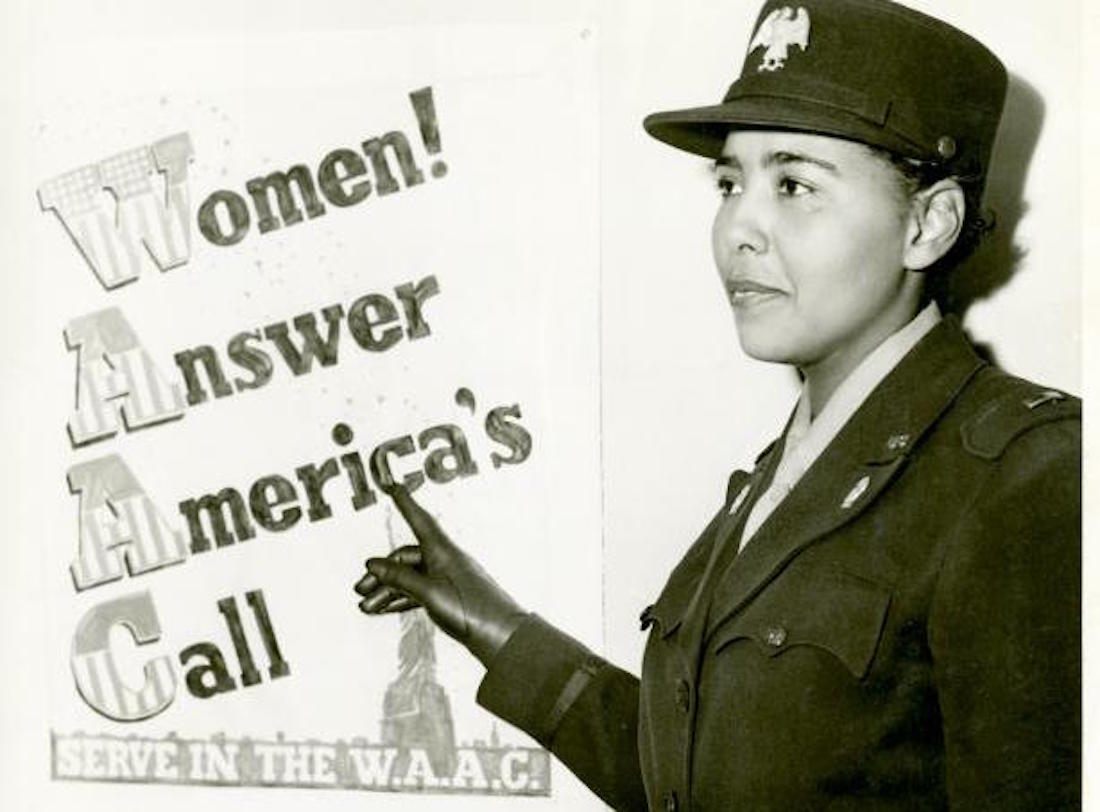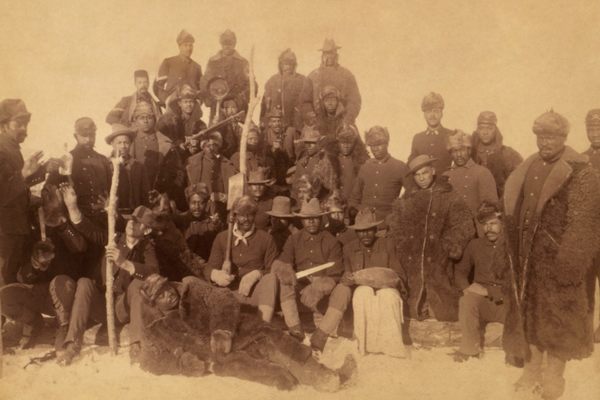A Look Back at the Desegregation of the U.S. Military
On July 26, 1948, black leaders convinced President Truman to address discrimination in the armed services.
Black Americans have served in the military in every major war since the inception of the United States. But only in June 1941 did President Franklin D. Roosevelt make the first, tentative step toward ending segregation in the armed forces. He did not, of course, do so out of kindness: a year earlier, labor activist A. Philip Randolph had proposed a march on Washington to protest discrimination in the military. Roosevelt signed the Fair Employment Act to stop the march.
Though his executive order ended discrimination in defense industries, no such change was made in the armed forces, infuriating many black leaders. As the United States edged toward entry into World War II, the black newspaper the Pittsburgh Courier announced in February 1942 its “Double V Campaign,” which called for a double victory against discrimination at home and abroad. Black Americans, as they had for centuries, would fight for a country that marginalized them—meanwhile, they would continue their quest for equal rights.
The Courier declared:
We, as colored Americans are determined to protect our country, our form of government and the freedoms which we cherish for ourselves and the rest of the world, therefore we have adopted the Double ‘V’ war cry—victory over our enemies at home and victory over our enemies on the battlefields abroad. Thus in our fight for freedom we wage a two-pronged attack against our enslavers at home and those abroad who will enslave us. WE HAVE A STAKE IN THIS FIGHT…WE ARE AMERICANS, TOO!
The campaign swept black America, and many black Americans—especially black women—created Double V baseball games, beauty pageants, songs, and hairstyles in protest. As the U.S. entered the war, they joined Randolph in demanding fair treatment under the law.

In 1947, Randolph used this energy to form the Committee Against Jim Crow in Military Service—a.k.a. the League for Non-Violent Civil Disobedience—which demanded that the federal government end segregation in the military. The pressure worked: Harry Truman, who became president in 1945, faced a difficult election and, as Randolph knew, he needed black support.
On this day—July 26—in 1948, Truman signed Executive Order 9981 to end racial segregation in the armed services.
The order announced: “there shall be equality of treatment and opportunity for all persons in the armed services without regard to race, color, religion or national origin.” In 2011, sexual orientation was added to that list. Beginning in 2016, so was gender identity—though a ban on transgender people in the military now looks set to return.





























Follow us on Twitter to get the latest on the world's hidden wonders.
Like us on Facebook to get the latest on the world's hidden wonders.
Follow us on Twitter Like us on Facebook